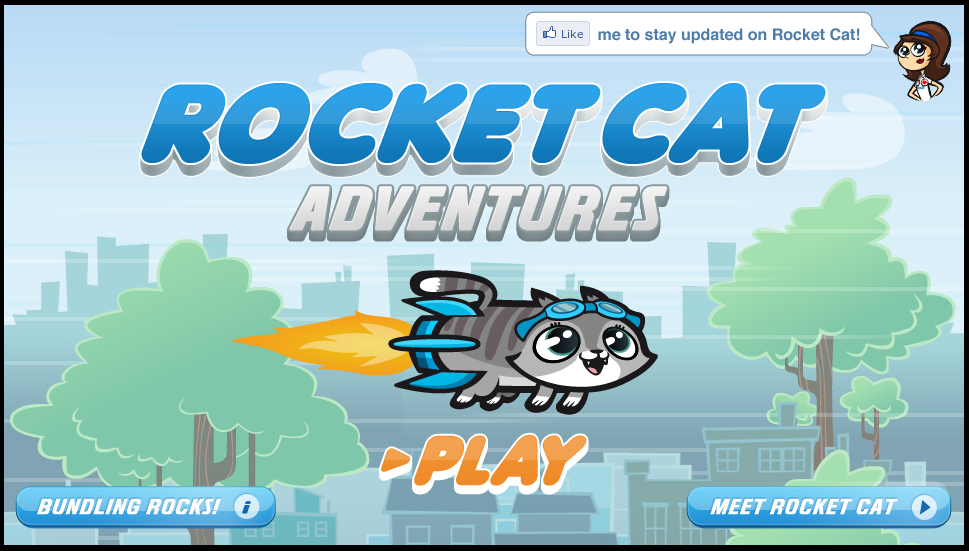“The difference between an individual making a joke and a brand making a joke is that the individual’s only aim is to entertain,” he said. They’re using laughter to leverage brand familiarity.” According to Barry, brands fall into three categories when it comes to humor in content marketing: red, yellow, and white industries. He recently spoke to me about why B2B brands should be funny, how to start using humor if you’ve never done it before, and when companies can go too far. These are the tear-jerker commercials, and people don’t appreciate feeling surprised by humor. The process of purchasing these products is still really involved and there are a lot of little steps, just like a red industry product, but no one wants to hear you go on and on about a white industry product at length. That’s where humor can really help. You know the industry so well that you can joke about it. Before Geico introduced the “So easy a caveman could do it” slogan, insurance companies tended to avoid humor completely. How do you make sure your brand’s humor isn’t offensive? At no point in creating funny content should you be trying to do something no brand has ever done before.
What happens if a brand makes you laugh but you miss the point of the content after the joke lands?
It’s easy enough to recall legitimately funny marketing campaigns. NBA on ESPN nailed its RV series. “Shaq playing Scrabble” is still one of my favorite commercials ever. And I do find myself amused by OKCupid’s winking “DTF” ads on the subway. But breaking content down into its small parts and analyzing what laughter does for a brand’s voice is a much more complex affair.
Enter Dr. James Barry, a humorist, professor at Nova Southeastern University, and co-author of the research paper “A typological examination of effective humor for content marketing.” While teaching a course on social media humor, he realized he had inadvertently gathered a sizable sample of online branded content while looking for content to show his students. From there, he narrowed the focus to study brands as they attempt to be funny.
Barry told me that infusing content with humor has a lot of potential for B2C and B2B companies alike, provided that they avoid re-inventing the wheel. “Seriously, humor works very well in B2B spaces,” he said. “As long as the creator knows exactly what type of humor strategy they’re using. Why wouldn’t CEOs want to be entertained? They’re just like anyone else.”
Though content marketers tend to categorize brands by their target audience, the data Barry collected led to a new set of classifications. “The difference between an individual making a joke and a brand making a joke is that the individual’s only aim is to entertain,” he said. “A brand has to entertain and connect the joke to their brand image. They’re using laughter to leverage brand familiarity.”
According to Barry, brands fall into three categories when it comes to humor in content marketing: red, yellow, and white industries. He recently spoke to me about why B2B brands should be funny, how to start using humor if you’ve never done it before, and when companies can go too far.
So what makes a brand red, yellow, or white? How can I tell which brands belong where, and which have the easiest time using humor?
Red industry stories are highly emotional, and using humor can come off as offensive. These are the brands asking their audience to make high-stakes decisions on luxury items like a Lexus or a diamond necklace. Maybe their audience is researching a high-cost vacation over time or they’re imagining these products being present in intimate family moments. Content in this space usually reaches for an inspirational feel. These are the tear-jerker commercials, and people don’t appreciate feeling surprised by humor.
Yellow industry content is often boring without humor. The stakes involved with a purchase are much lower. If your brand offers snack foods or beer or candy, it’s almost mandatory that you use humor in some way. Everyone is doing it, and many are doing it well.
White industries is where B2B comes in. These brands have to try to tell technical, complicated stories about their products, and they’re usually selling us a version of something we need anyway. Insurance companies, non-luxury appliances, anything that’s just a tool in your daily life. The process of purchasing these products is still really involved and there are a lot of little steps, just like a red industry product, but no one wants to hear you go on and on about a white industry product at length. That’s where humor can really help.
So humor in B2B content marketing is actually a good idea?
Yes. If simplification and audience engagement is the goal of your content, you could do worse than trying to entertain. The key is using humor right off the bat, and white industry audiences especially love self-deprecating, insider humor. Something like, “Boy, isn’t it crazy…

COMMENTS